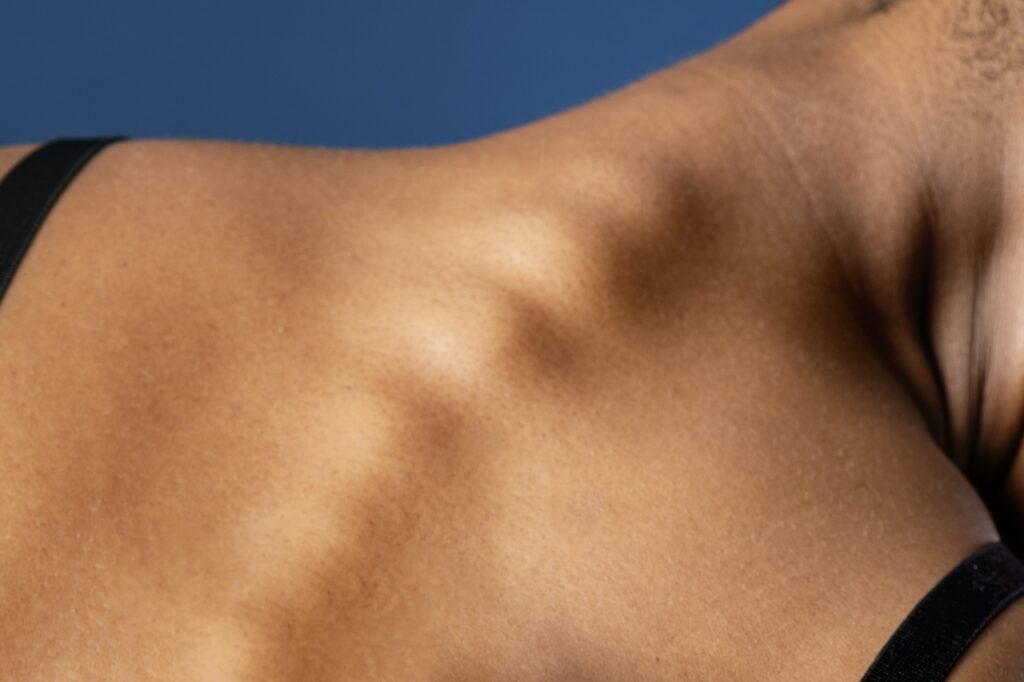Spinal Stenosis

How Spinal Stenosis works?
Spinal stenosis is a condition caused by narrowing of the canal that encases and protects the spinal cord. In people with spinal stenosis, the spine is narrowed in one or more of these three areas:
-The space at the center of the spine
-The canals where nerves branch out from the spine
-The space between vertebrae (the bones of the spine).
This narrowing puts pressure on the spinal cord and nerves which creates inflammation, pain and failure to function properly. People can have spinal stenosis with no symptoms or symptoms can appear slowly and get worse over time.
Symptoms
- Pain in the Neck or Back
- Numbness, Weakness, Cramping or Pain in the Arms or Legs
- Pain Traveling Down the Arms or Legs
- Difficulty Walking or Balancing
- Severe Cases: Loss of Urinary and Bowel Control (Cauda Equina Syndrome)
Causes of Spinal Stenosis
- Overgrowth of Bone (Osteoarthritis)
- Disc Herniations
- Increased Ligament Thickness
- Tumor
- Spinal Injuries (car accident, sports injury)
- Spondylosis
- Spondylolisthesis
FAQ
Frequently Ask Questions.
Depending on the cause of your spinal canal stenosis, chiropractic care can help alleviate your symptoms, decrease inflammation and prevent further degeneration from occurring to the spine. Some extreme cases require surgery but most cases respond well to the non-invasive approach that chiropractic care offers.
Stretching can help alleviate back pain and radiating leg pain by increasing flexibility and range of motion within stiff muscles surrounding the spine. Specific exercises can also strengthen back musculature and bring blood flow to the affected area thus decreasing inflammation.
Spinal Stenosis
What is Spinal Stenosis?
The spine allows you to stand up straight and move. The spine also protects your spinal cord from being hurt. In people with spinal stenosis, the spine is narrowed in one or more of three parts:
-The space at the center of the spine
-The canals where nerves branch out from the spine
-The space between vertebrae (the bones of the spine).
This narrowing puts pressure on the spinal cord and nerves and can cause pain.The spinal nerves become inflamed and fail to function properly.
What Are the Symptoms of Spinal Stenosis?
There may be no symptoms of spinal stenosis, or symptoms may appear slowly and get worse over time. Signs of spinal stenosis include:
Pain in the neck or back
Numbness, weakness, cramping, or pain in the arms or legs
Pain going down the leg
Foot problems
Symptoms may increase with normal activities such as walking.
One type of spinal stenosis, cauda equine syndrome, is very serious. This type occurs when there is pressure on nerves in the lower back. Symptoms may include:
Loss of control of the bowel or bladder
Problems having sex
Pain, weakness, or loss of feeling in one or both legs.
If you have any of these symptoms, you should call your doctor right away.
What are the causes of Spinal Stenosis?
Overgrowth of bone.Wear and tear damage from osteoarthritis on your spinal bones can prompt the formation of bone spurs, which can grow into the spinal canal. Paget’s disease, a bone disease that usually affects adults, also can cause bone overgrowth in the spine.
Herniated disks.The soft cushions that act as shock absorbers between your vertebrae tend to dry out with age. Cracks in a disk’s exterior may allow some of the soft inner material to escape and press on the spinal cord or nerves.
Thickened ligaments. The tough cords that help hold the bones of your spine together can become stiff and thickened over time. These thickened ligaments can bulge into the spinal canal.
Tumors. Abnormal growths can form inside the spinal cord, within the membranes that cover the spinal cord or in the space between the spinal cord and vertebrae. These are uncommon and identifiable on spine imaging with an MRI or CT.
Spinal injuries.Car accidents and other trauma can cause dislocations or fractures of one or more vertebrae. Displaced bone from a spinal fracture may damage the contents of the spinal canal. Swelling of nearby tissue immediately after back surgery also can put pressure on the spinal cord or nerves

